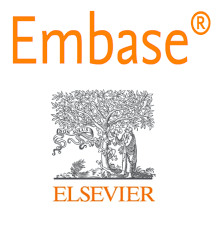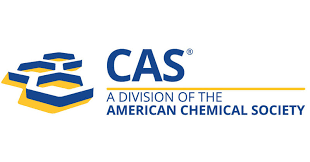CLINICAL BIOCHEMICAL PROFILE AND ETIOLOGY OF ACUTE VIRAL HEPATITIS IN HOSPITALIZED YOUNG ADULT
Keywords:
Acute Viral Hepatitis, Young Adults, Biochemical ProfileAbstract
Background: There is no report on clinico-serologica profile of acute viral hepatitis
from india since the discovery of hepatitis E and hepatitis C.
Methods: A prospective hospital based study was conducted in a large referral
hospital in India. 56 consecutive patients with acute viral hepatitis were studied for
their presentation, etiology and clinical features.
Results: Acute viral hepatitis was more common in males with MF ratio of 1.33:1.
Forty (71.4%)
belonged to rural and 16(28.57%) to urban areas. Most commonly involved age
group was 21-30 years (37%) followed by 14-20 years (25%) . Most commonly
observed symptoms were Jaundice (82%), Anorexia (76.8%), and dark urine
(73.2%). Only 7% patients had cholestatic features. 5.4% patients had anictric
hepatitis. Hepatomegaly was observed in 68.8% and splenomegaly in 19.6%.
Clinical and biochemical characteristics were not helpful in differentiating various
types of hepatotropic viral hepatitis. Most common viral infections was hepatitis
E(50%), followed by hepatitis B(26.7%), hepatitis A(16%), hepatitis C (3.5%) and
dual infection of hepatitis A and E in(3.5%).
Conclusion: Acute viral hepatitis is an important public health problem in
developing countries. Most cases are due to hepatitis E, and hepatitis A continues to
be an important cause of acute viral hepatitis in developing countries even in adults.
Clinical and biochemical characteristics were not helpful in differentiating different
types of hepatotrophic viral hepatitis.
.png)









